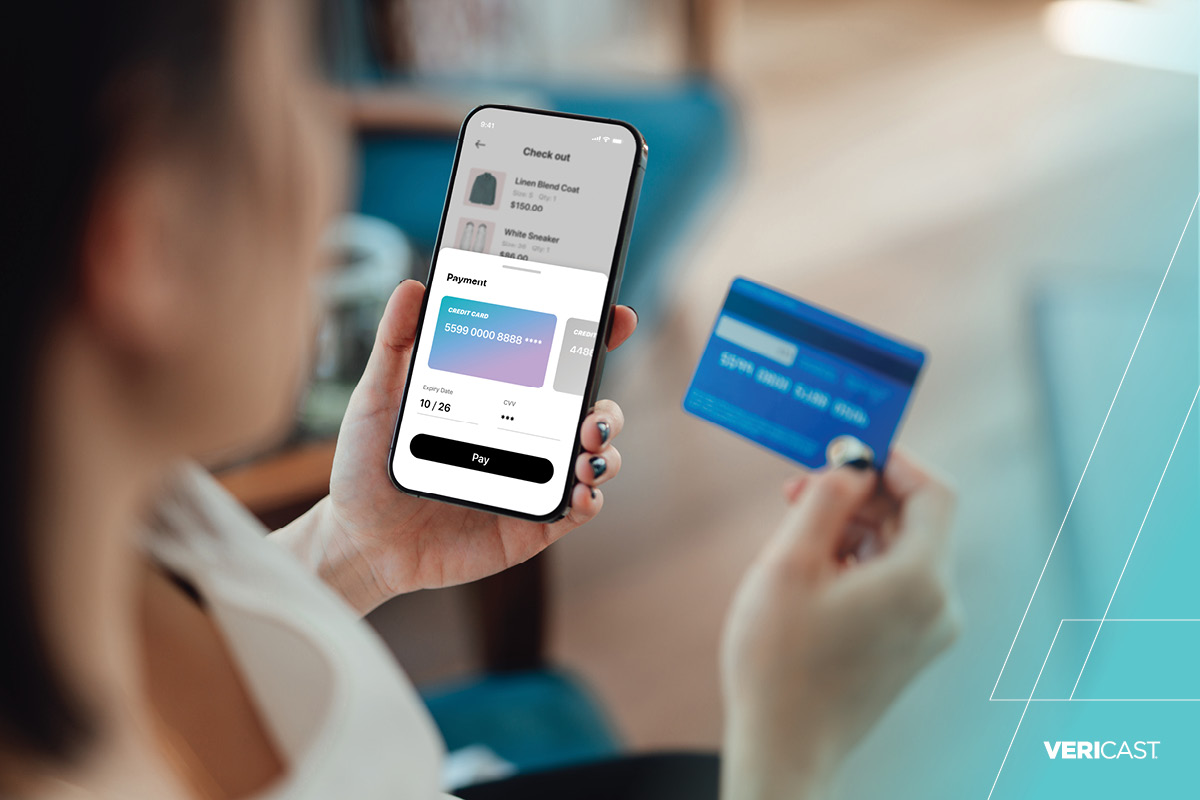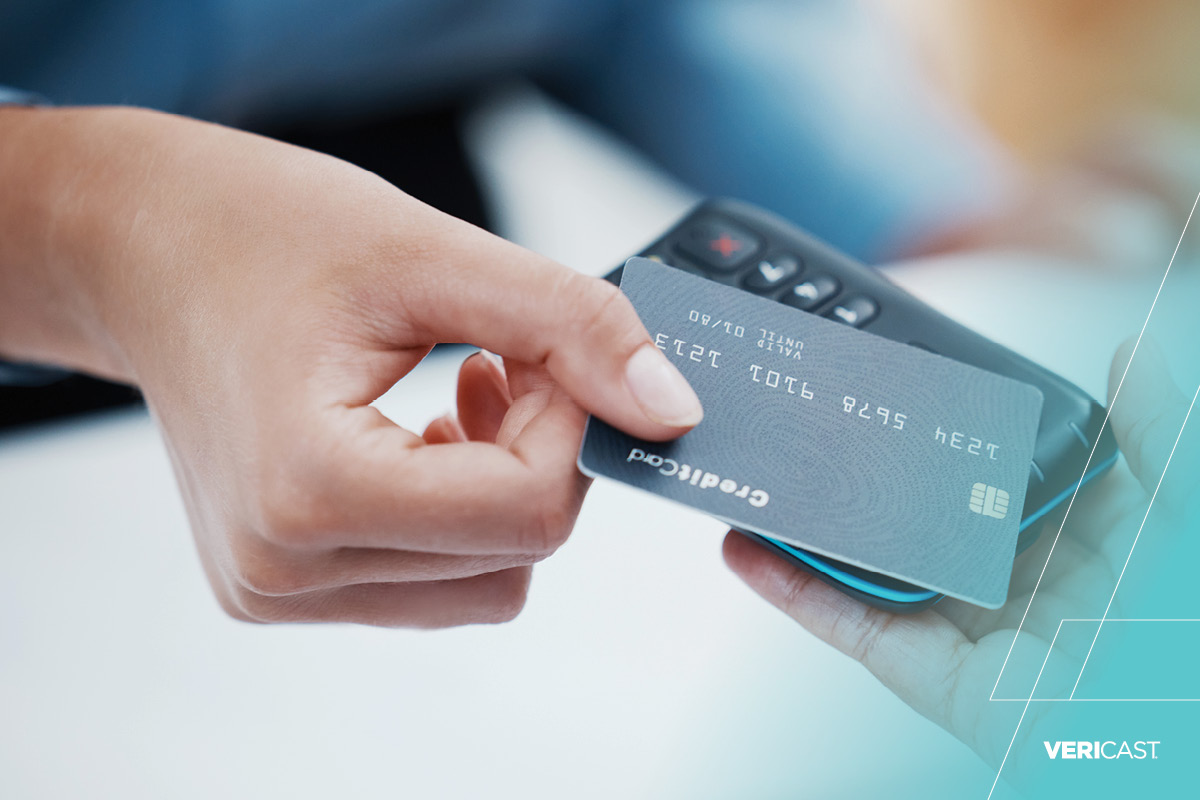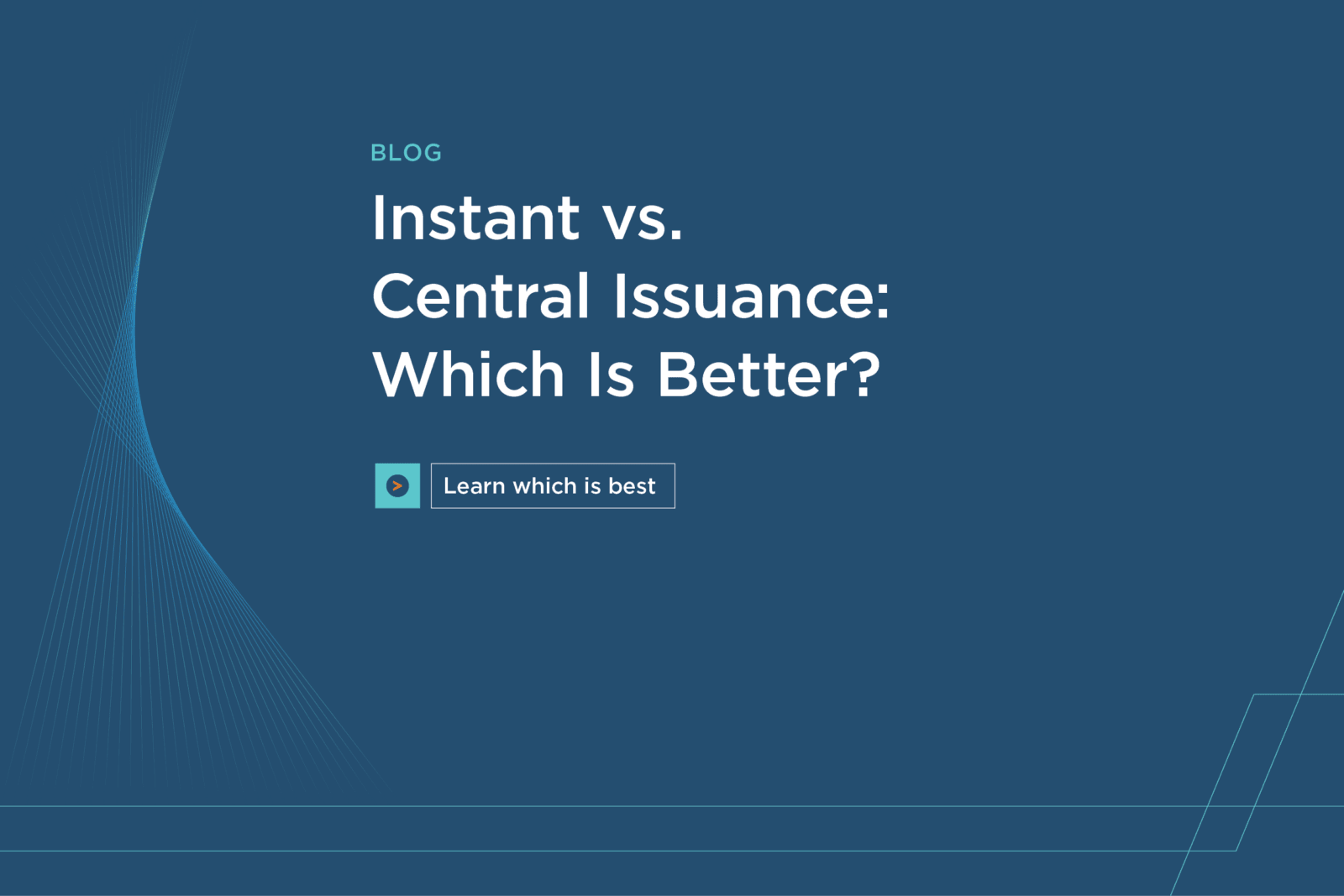Digital payment options continue to grow in popularity, but that doesn’t mean consumers are dumping their physical cards. The Federal Reserve’s 2024 Diary of Consumer Payment Choice found that debit cards remain the most common payment method for payments of $25 or less. With 59% of consumers relying on a single debit card to access their primary checking account (Javelin 2024 North American Payments Insights), these cards remain a uniquely convenient and valuable lifeline in everyday banking.
Even with the hype and growth digital wallets are experiencing, it seems consumers still want hard copies, meaning financial institutions today need to find a balance between innovation and familiarity. To understand consumer attitudes, experiences, and expectations regarding cards, Vericast surveyed 1,000 U.S. adults in July 2025. We gathered insight around instant card issuance, preferences for physical vs. digital cards, and the perceived importance of sustainability in card materials.
Immediate Access to a Physical Card is Important to Consumers
Physical cards remain central to consumer payment preferences. Data from our survey shows that 91% of respondents find physical cards either “critical” or “important” to them personally; with more than half (54%) saying it’s critical. This may not be surprising given how many Americans have and use cards regularly, but there is an opportunity FIs may be missing out on: instant issuance.
Instant Card Issuance is a Customer-First Innovation
Nearly three in four consumers (74%) say that receiving their credit or debit card instantly at their FI is important. This number grows among younger age demographics, with 86% of Millennial and 85% of Gen Z respondents noting the same. A fourth of Millennial and Gen Z consumers consider instant card issuance to be critically important.
Instant access to new or replacement cards matters. 40% of consumers prefer to receive a new or replacement card instantly in-branch, with Millennials showing the strongest demand at nearly half (47%). Mail delivery remains common for many consumers at 38%, but we’re also seeing a growing interest in hybrid models, especially from Gen Z. Of this group, 36% prefer having a card added to their digital wallet immediately while the physical one is mailed to them.
Consumers Trust Instant-Issue Cards, and Aren’t Quite Ready to go Fully Digital
Interestingly, the desire among consumers at large to go fully digital is rare at just 2% of respondents. This confirms that while using digital payments is gaining ground, physical cards are still viewed as essential, especially in moments of urgency. When asked what benefits they associate with instant-issue debit or credit cards, respondents noted convenience (79%), security (53%), hassle-free activation (51%), and a stronger relationship with their FI (23%). Not only is instant issuance functional, but it’s also a driver of brand trust.
Still, half of consumers say they’ve never received an instant-issue card, signaling an opportunity gap for FIs. Instant issuance is an essential service feature that can help banks and credit unions differentiate the experience they offer customers. Same-day issuance, particularly in moments of need like fraud or card loss, can go a long way in helping strengthen brand perception and loyalty.
Consumers Still Gravitate Towards Physical Card Usage
When asked how they prefer to pay for everyday purchases, 68% of respondents said they elect to use a physical debit or credit card. Younger age groups do show a preference toward mobile wallets, but even so, only 35% of Gen Z and 20% of Millennials noted wanting to use this method for everyday purchases.
Many consumers still view physical debit and credit cards as the most familiar, convenient, and trusted way to pay. Even looking ahead 3-5 years, consumers are divided on going fully digital; less than a third of respondents say they are very likely to rely primarily on digital payment methods instead of physical cards. What this suggests is the often discussed ‘death of the card’ might be slower to happen than tech forecasts predict.
Physical Cards Help Consumers Feel Secure
Security and trust carry a lot of weight when it comes to payment methods consumers feel most confident in. Even with digital wallets and payment apps growing in popularity, 61% of consumers trust physical cards above all other payment methods. This enduring confidence underscores that while convenience drives digital adoption, security and familiarity remain core to payment preferences. Banks and credit unions should continue to position physical cards as a dependable anchor alongside emerging digital options.
Digital Payment Users Still See Physical Cards as a Critical Backup
As part of our survey, we asked respondents if they encountered a situation in the past year where they were unable to complete a purchase with a digital payment method; nearly half (48%) reported at least one or more instances of this occurring. More than three-fourths (76%) of Gen Z and well over half (61%) of Millennials encountered this situation in the past year.
With the persistence of a clear reliability gap, physical cards are often a backup for digital payment users. Banks and credit unions need to position physical cards as trusted and dependable options alongside digital solutions.
There’s Expectation that Card Products Align with Environmental Values
Consumers care if card materials are sustainable. In fact, 60% of survey respondents said the sustainability of credit or debit card materials, such as recycled or upcycled plastics, is important to them.
Looking at younger age demographics, 60% of Millennials and 64% of Gen Z say that knowing their credit or debit card was made from sustainable materials would improve the perception they have of their bank or credit union; 54% of respondents overall agreed with this statement.
Almost half (47%) say they are more likely to choose an FI that offers sustainable card options over one that doesn’t. Further, 61% are interested in learning about how their FI is reducing its environmental impact, whether through the use of sustainable materials, lowering its carbon footprint, or other green initiatives.
Sustainable Card Programs Can be a Differentiator
Considering so many respondents say sustainability improves perception, FIs need to make this a part of marketing messages and leverage it for more community engagement.
For FIs looking to reach more Millennial and Gen Z aged consumers, this is a must. When choosing a bank or credit union, 60% of Gen Z and 55% of Millennials say they are more likely to select one the offers sustainable card options vs. one that does not. Additionally, 69% of Gen Z and 65% of Millennials want to learn about how their FI is reducing environmental impact.
Financial Institutions Must Adopt Dual-Channel Strategies
Most consumers (82%) see a continuing role for physical cards going forward, reinforcing the need for strategies that support both digital adoption and the enduring importance of physical cards as a trusted payment instrument. Focus on making digital payments seamless and secure while continuing to invest in physical card experiences.
Physical form factors will remain relevant well into the future, so don’t assume there will be a complete shift away from traditional cards. Both methods will continue to coexist, and consumers are increasingly expecting their FIs to be able to rise to the occasion.



